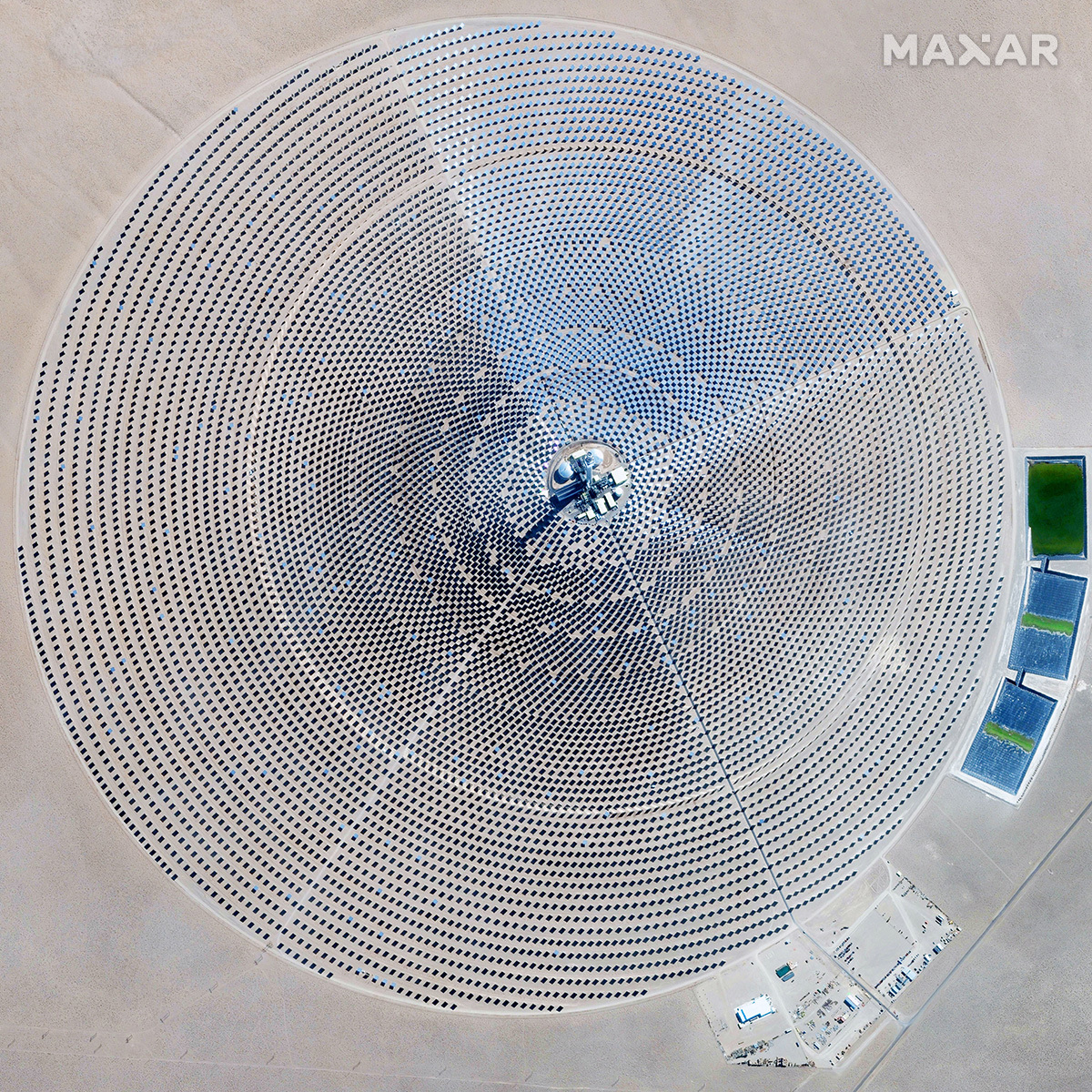Maxar has a dedicated team of scientists who work with customers across a wide range of industries to deliver weather forecasting and climate projections to help with business strategy, resilience planning and more. Through our work, we’ve found that the terms “weather” and “climate” are often used interchangeably, so we wanted to take the time to highlight the difference between the two and what it means for how the respective datasets are used to solve major industry and global challenges.
Definitions
Weather |
Climate |
Describes current atmospheric conditions, such as temperature, precipitation, wind and cloud cover at a particular place and time. |
Describes the average or normal weather pattern for a particular place or region over an extended period of time. The standard period for calculating long-term climate normals, also known a climatology, is typically 30 years. |
Changes from day-to-day and can be quite volatile. |
Changes in climate are gradual and comparatively slower than weather; climate change encompasses the many volatilities and extreme events that may occur in the short-term weather time periods. |
Forecasts are generated from small, localized areas to broad regional, continental or global areas. |
Projections are traditionally generated for larger, regional geographic areas and don’t have the granularity of weather forecasts. |
Here’s another way to visualize the difference between weather and climate over time:

Why the difference matters
When discussing the impact that weather has on a business, the topics should focus on the near-term impacts:
- How will the incoming winter storm along the East Coast affect the demand for energy and impact the ability of field crews to repair power lines?
- How much sun energy will the solar panels convert today?
- Will the grain get enough rain once it’s planted to grow?
On the other hand, the impact of climate should be the focus of long-term discussions and planning:
- Will there be an increase in extreme winter weather events along the East coast in the next 30 years, and do we need to increase our energy production facilities and distribution lines in the region to meet that demand?
- Will this region continue to get significant sunshine and be a good place to install a new solar farm?
- Is grain the right crop to grow in this region in the future or do we need a more drought-resistant option?
If someone is looking to answer either set of questions above, they will need science-based data and insights to make informed decisions. Maxar’s On-demand Weather and Climate Intelligence products provide interactive, intuitive applications which can provide the actionable information required.
To bring the difference to life in an even clearer way, let’s examine how the energy sector is impacted by weather and climate.
How weather and climate impact the energy sector

This Maxar WorldView-2 satellite image shows the Crescent Dunes Solar Energy Project in Tonopah, Nevada, U.S., on February 12, 2015. According to the National Renewable Energy Laboratory, it is expected to generate 500 gigawatt-hours (GWh) of energy per year.
The energy sector, particularly utility companies, are highly sensitive to weather changes. They require analysis of weather forecasts multiple times per day to determine the optimal amount of energy generation and distribution to meet the expected demand. In the event of depressed power demand, valuable resources and money may be squandered on unused energy generation. Conversely, insufficient energy production may lead to service disruptions or high costs for consumers, impacting daily life activities from school children to businesses conducting regular operations.
Maxar's WeatherDesk simplifies the complexities of constantly changing weather data from various sources into practical forecasts that are regionally specific to end-users. With intraday forecasts, WeatherDesk empowers utility providers to make real-time adjustments as weather conditions evolve throughout the day.
But, utility companies also need a climate forecast that goes out 5, 10 or even 30 years when making their strategic plans for the future. With that information, they can plan what assets to invest in, where to put them and predict how much capacity they will need to meet future demand.
For example, if a climate projection indicates that in 30 years the overnight low temperatures could be 2° Fahrenheit warmer in the summer months, a utility provider will know that consumers will want to run their air conditioners more at night. Additional solar power won’t be available at night, so the utility company will need to determine how to store solar energy from the daytime to distribute at night or find alternative sources of energy.
Weather and climate affect business decisions
The terms ‘weather’ and ‘climate,’ as well as their respective forecasts and projections, have a place in business discussions and planning, but it’s important they’re used correctly. It’s even more important the correct datasets and forecasts are used to inform those decisions. Maxar’s On-demand Weather and Climate Intelligence products can provide that foundational information as easily understood, actionable insights.
Bring weather and climate insights into your decision-making
Understand how near-term weather changes and long-term climate shifts will impact your business operations.
If you’re interested in learning about Maxar’s upcoming climate projection capabilities, please request a demo.